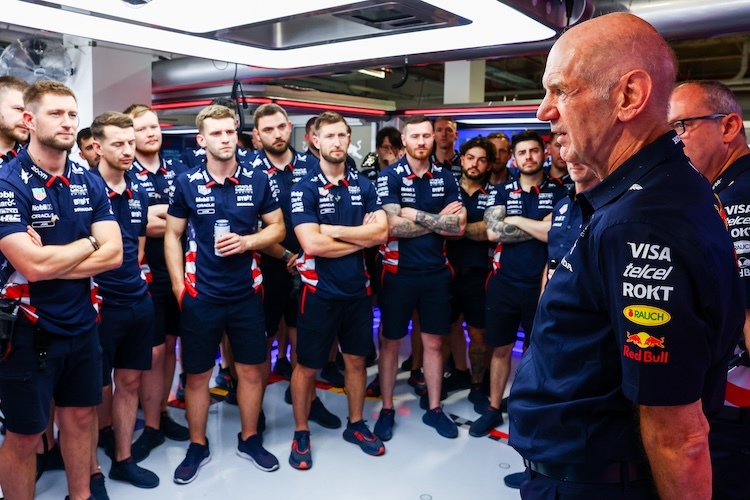Angola has a vast untapped tourism potential, facing significant challenges due to the lack of a recognizable tourism brand and well-defined marketing strategies. In this article, we will explore the importance of developing a robust national tourism brand and strategic marketing plan to position Angola as a preferred tourism destination globally.
We will analyze the initiatives of the National Tourism Promotion Plan (PLANATUR), which aims to increase the contribution of tourism to GDP from less than 1% in 2022 to 1.9% by 2027, through investments in infrastructure, requalification of tourist resources and international promotion. We propose to address both the growth of domestic tourism and the attraction of foreign tourists, highlighting the efforts needed to overcome existing obstacles and take advantage of future opportunities.
Diagnosis of the Tourism Sector in Angola
Angola is a country with a rich cultural heritage and impressive natural diversity, essential elements for a vibrant tourism sector. However, tourism currently contributes less than 0.01% to the country’s Gross Domestic Product (GDP), with a limited number of international visitors reaching around 93,000 by October 2023. This modest performance is attributed to a series of structural and perceptual challenges.
Tourist infrastructure in Angola, including access to places of great interest such as Kissama National Park and Kalandula Falls, remains limited. Poor road conditions and a lack of basic services close to main tourist destinations significantly reduce the accessibility and attractiveness of these locations. The inadequacy of air and road connections compromises access to many areas of tourist potential, limiting the country’s ability to attract a broader spectrum of visitors. Furthermore, Angola’s image still suffers from the perception of instability and insecurity, factors that discourage international tourism. The current offer of tourist services often does not meet international standards, negatively impacting visitors’ experience and the possibility of returning.
To reverse this situation and maximize tourism potential, it is essential that Angola develops and strengthens a robust national brand for tourism. The creation of the “Angola Turismo” brand aims not only to improve the country’s image but also to promote its natural and cultural riches. This includes focusing on improving infrastructure in key tourist destinations and effectively promoting these locations both domestically and internationally. Invest in the training of qualified personnel to raise the quality of tourist services, modernize legislation to support tourism development and attract investment, and implement strategic campaigns to position Angola as an attractive and safe destination, using modern digital marketing techniques and international partnerships.
The Need for a Tourism Brand
In the competitive global tourism market, a strong brand is crucial to a destination’s success. An effective tourism brand not only increases the recognition and visibility of a destination, but also contributes significantly to building a positive image that can attract tourists and investment. For Angola, which seeks to overcome negative perceptions and emerge as a tourist destination of choice, the development of a cohesive and attractive brand is essential. This brand must encapsulate the unique elements of Angolan culture, its biodiversity and the unique experiences that visitors can expect.
By examining global examples such as “Brazil – It’s all that and more”, Cape Verde: “No Stress” and Namibia: “Endless Horizons”, we can better understand the impact of a strong tourism brand. For Angola, adopting a similar approach means identifying and communicating the country’s most attractive and distinctive aspects. This can be achieved through an engaging narrative that highlights Angola not just as a place to visit, but an experience to be had. Implementing a well-developed brand strategy will be essential to transform the country’s tourism industry and put Angola on the map as a world-class tourist destination.
Creation of the “Angola Tourism” Brand
At the heart of any successful brand is a well-founded creative process that begins with meticulous research. For “Angola Tourism”, the first step is to understand what Angola really represents and how it is perceived both internally and globally. What stories are we telling the world? What images come to mind when tourists think of Angola?
The design phase involves translating these insights into visual elements that captivate and speak directly to the hearts of potential visitors. It’s not just about choosing nice colors and symbols; it’s about creating a visual identity that encapsulates the essence of Angola – from its spectacular landscapes and biodiversity to its rich cultural heritage and vibrant urban life.
The message that “Angola Tourism” will promote must be clear and resonant. What is our promise to tourists? Angola is not just a destination; It is an adventure, a story of discoveries and unforgettable experiences. The brand slogan, in turn, must be short, memorable and powerful. Something that not only resonates with the international market, but also makes Angolans proud.
The visual elements of “Angola Tourism” will be bold and colorful, reflecting the country’s natural and cultural diversity. Imagine a color palette that includes the deep blue of the Atlantic Ocean, the lush green of the Maiombe forest, and the vibrant tones of traditional Angolan fabrics. Each piece of promotional material should be a window into the wonders that Angola has to offer.
The slogan, “Angola Awaits”, is a call to adventure, suggesting that the country is ready to be discovered and explored. The message is simple but powerful: Angola is a destination of endless opportunities, waiting to be discovered by brave and curious travelers.
Marketing Plan for Angolan Tourism
The creation of the “Turismo de Angola” brand is just the first step. To achieve success, it is essential to develop and implement a comprehensive and effective marketing plan. This plan must be adapted to global market realities and emerging trends, while capitalizing on Angola’s unique competitive advantages.
The marketing strategy for “Angola Tourism” must address both the domestic and international markets. In the domestic market, the focus will be on educating and inspiring Angolans about the wonders of their own country, encouraging local travel and a greater appreciation for Angola’s natural and cultural riches. This can be done through social media campaigns, local tourism incentive programs and partnerships with local companies and institutions.
At the same time, it is crucial to attract international tourists to Angola. This will require a multi-faceted approach that includes targeted digital advertising, participation in international tourism fairs and events, collaborations with foreign tour operators and the effective use of social media and digital influencers to increase awareness and interest in the destination.
Collaboration between the public and private sector will be fundamental to the success of the marketing strategy. The government must provide financial and regulatory support, as well as promote public-private partnerships for the development of tourism infrastructure and the promotion of Angola as a world-class tourist destination.
In summary, strengthening Angola’s tourism identity requires a holistic and collaborative approach that addresses both the structural and perceptual challenges facing the sector. The creation of the “Turismo de Angola” brand and the implementation of a strategic marketing plan are essential steps in this direction, positioning Angola as a prominent tourist destination globally and boosting the country’s economic growth and sustainable development.
Read too
Tourism Diagnosis in Angola: Assessment of Challenges and Opportunities
Tourism Diagnosis in Angola: Assessment of Challenges and Opportunities – Part 2
Transforming Angola through Tourism: Strategies for 2024-2027










